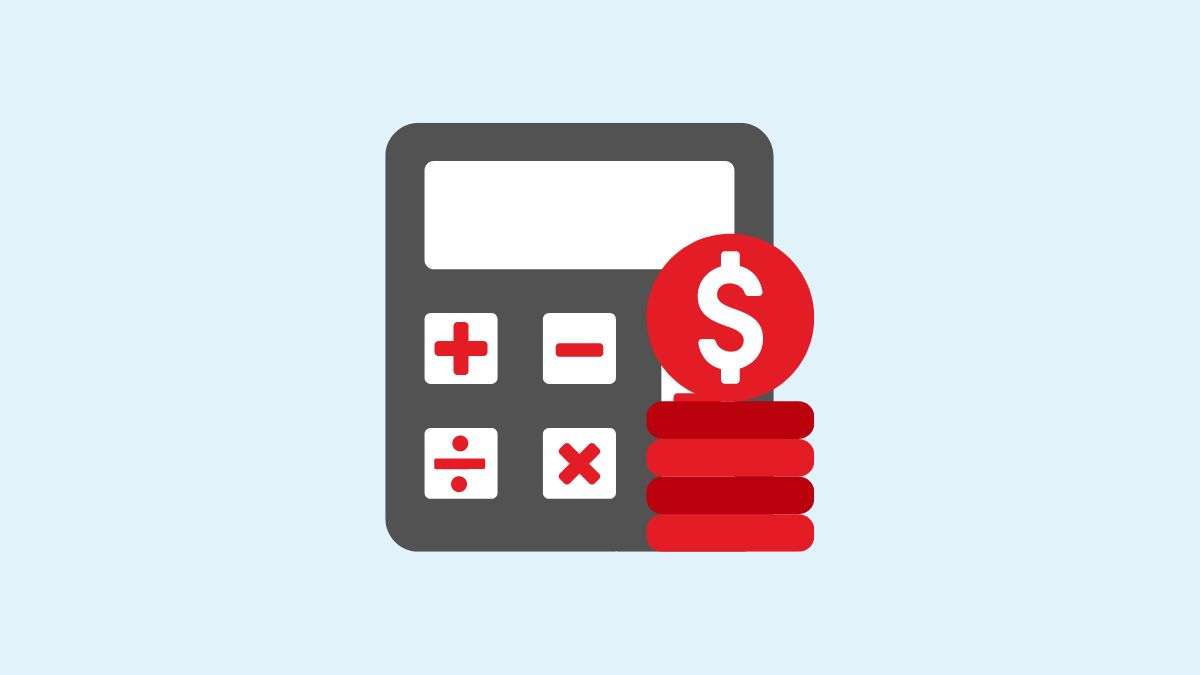Table of Contents
- Introduction
- Understanding the Hidden Costs of Academic Publishing
- Costly Investment to Publish in Academic Journals
- Reshaping the Economics of Academic Publishing
- Conclusion
Introduction
The article discusses the hidden costs of academic publishing. Academic publishing is big business, with billions of dollars changing hands each year. At the heart of this system lies an inherent tension between open access to knowledge and the economics that make publishing possible. This section explores the financial models and economic implications shaping academic publishing today.
Traditional academic journals operate on a subscription model, where libraries and institutions pay recurring fees to access published content. These subscription costs have skyrocketed in recent years, placing immense financial strain on institutions.
At the same time, many journals now also charge article processing charges (APCs) to authors upon acceptance of a paper. Depending on the journal, APCs can range from hundreds to thousands of dollars per published article. This creates economic barriers for researchers trying to disseminate their work.
The rising subscription and APC costs associated with academic publishing have significant economic implications:
- Institutions face difficult choices in an environment of limited budgets, forcing them to cut journal subscriptions that researchers rely on.
- Researchers must increasingly seek outside funding sources to cover growing APCs, reducing the money available for research.
- Smaller institutions and those in developing countries are especially burdened, with unaffordable access fees exacerbating knowledge gaps.
These economic pressures shape academia in tangible ways, influencing everything from tenure decisions to research agendas.
Two major publishing models now dominate academic publishing, each with distinct economic tradeoffs:
- The traditional ‘reader-pays’ subscription model places the economic burden on institutions to provide access.
- The ‘author-pays’ open access model shifts costs to researchers and authors through APCs.
Ideally, knowledge would flow freely without economic barriers. But publishing has real costs that must be funded somehow. The system struggles to balance open access with financial sustainability, and the academic community feels the effects. Exploring alternative funding models may help reshape publishing economics more equitable for all involved.
Understanding the Hidden Costs of Academic Publishing
Academic knowledge production often has opaque costs, placing a heavy economic burden on researchers and institutions. While the public may have free access to published research, producing that research is far from free. By shedding light on some hidden financial implications in academic publishing, we can better understand the tangible impact on key stakeholders and how these hidden costs of academic publishing can hinder scientific progress.
Conducting academic research requires significant investments of money, resources, and time. From securing grants and funding to purchasing equipment and materials, the financial costs quickly add up. Yet these expenses are rarely visible to the public who freely access published papers. This creates a misconception that accessing research is free when, in reality, major hidden costs are involved in producing that knowledge.
The cost to publish an academic paper can vary widely, with some estimates suggesting an average cost of around $3,500 to $4,000. At the same time, other sources indicate that costs can be significantly lower for some publishers. That adds up to billions annually, which ultimately gets passed onto academic institutions and funding bodies. Shedding light on these opaque expenses reveals the actual economic burden of knowledge production.
Rising publishing costs and competitive funding landscapes place undue financial stress on researchers and academic institutions. Researchers must constantly apply for grants and financial support to conduct studies, while institutions subsidize facilities, equipment, salaries, and more.
Tight budgets can restrict the scope of research projects or access to resources. This directly impacts knowledge growth and scientific progress. Without adequate support, promising lines of research may be abandoned or never started in the first place.
The economic challenges also contribute to wellness issues and lack of diversity within academia. Early career researchers and those from marginalized communities tend to be hit hardest by funding shortfalls and predatory publishing models. Rethinking the economics behind academia could have widespread benefits.
While reshaping academic publishing represents an ongoing challenge, some solutions are emerging to help alleviate economic pressures. Preprint servers allow researchers to share non-peer-reviewed papers freely, while institutional open-access funds help cover author fees.
Grant mandates encouraging open dissemination of findings also show promise for broader knowledge sharing. Additionally, a consortium of research funders has launched a bold initiative called Plan S that requires immediate open-access publishing for all funded projects. The burden on authors lessens by shifting more costs to the front end of research. Widespread adoption of such innovative economic models could significantly advance scientific progress.
Costly Investment to Publish in Academic Journals
Why is it expensive to publish in academic journals?
Publishing in academic journals involves several stages and stakeholders, all contributing to the overall cost. Some background context: academic publishing is not merely a process of printing and disseminating research articles. It is a comprehensive system involving peer review, editorial management, production processes, and distribution systems.
These stages are essential for ensuring the quality, credibility, and accessibility of scholarly work. Each stage incurs costs, contributing to the overall expense of publishing in academic journals.
- Peer review: Peer review is a cornerstone of academic publishing, ensuring the validity and rigor of research before it is disseminated. Qualified professionals must be identified to evaluate the quality and significance of manuscripts. Despite many reviewers performing this service without direct payment, they require compensation for their time, expertise, or both.
- Editorial services: Editors manage the peer review process, make decisions on manuscripts, correspond with authors, and ensure the scholarly work meets set standards. This role is critical and often filled by experienced academics or professionals who demand adequate compensation for their services.
- Production costs: Once a manuscript has been accepted, it undergoes copyediting, layout, typesetting, and proofreading to ensure it meets publication standards. These steps require skilled personnel and resources. Graphics and illustrations often need professional handling to meet quality standards.
- Distribution and access: Journals must maintain digital platforms and archives, including information technology infrastructure, web hosting, and long-term preservation. Print journals have additional costs for printing, warehousing, and distribution.
- Publisher overhead: Publishers incur various overheads, including staff salaries, rent, legal services, marketing, and administration. Organizations must remain sustainable, so these costs are included in the publishing price.
- Profit margin: Many academic publishers are for-profit entities seeking to give their stakeholders a return on investment. The need for profit drives up the costs added to the publishing process.
Given these factors, the cost to publish a paper in an academic journal reflects the intricate process that ensures academic standards are upheld and research is disseminated efficiently and effectively. The quest to maintain these standards against a profit-driven market amplifies the costs, especially in the traditional subscription or high-APC open access models. These collective costs, required to maintain the academic publishing ecosystem, make it expensive to publish in academic journals.
Reshaping the Economics of Academic Publishing
The costs of open access publishing have significant implications when compared to traditional subscription-based models. Article processing charges (APCs) for open access can range from hundreds to thousands of dollars per article, representing a substantial expense for researchers and institutions.
In contrast, costs are typically lower with subscription journals since they are distributed across many institutional subscribers. However, subscription costs have been rising steadily, placing economic strain on library budgets. Open access can potentially increase readership and impact published research, but its high costs are prohibitive for many.

Several alternative models aim to reshape the economics of academic publishing in a way that balances openness with sustainability:
- Transformative agreements – Institutions agree to pay publication fees in exchange for open access to articles by their researchers. This maintains subscription revenue while expanding open access.
- Subscribe-to-open – Similar to transformative agreements, the open access content is tied explicitly to what institutions subscribe to.
- Delayed open access – Articles are opened after an embargo period (e.g., 1 year), allowing publishers to maintain subscriptions in the short term.
These alternatives promise knowledge dissemination by broadening access while avoiding unsustainable costs. However, their implications depend on factors like embargo length and how costs are distributed across institutions and authors.
Beyond alternative business models, innovative approaches could help alleviate costs:
- Preprint servers allow authors to share non-peer-reviewed articles online for free.
- Institutional open access funds help cover APCs, so authors don’t bear the full cost.
- Partnerships between universities, libraries, and publishers to develop open-access frameworks and standards.
- Advocating for more taxpayer and grant funding dedicated to open access initiatives.
No one-size-fits-all solutions exist, but diverse approaches can chip away at financial barriers. Any successful path forward will require collective commitment from the academic community to prioritize open, equitable access to knowledge.
Conclusion
The economics of academic publishing have far-reaching implications that impact researchers, institutions, and the broader quest for knowledge. As highlighted, the financial models that underpin scholarly journals and articles create economic burdens and barriers that hinder open access to information. From opaque article processing charges to expensive institutional subscriptions, key stakeholders face rising and often hidden costs.
This concludes a critical examination of the financial landscape of academic publishing. The aim of summarizing key insights and examining alternatives has been to encourage collective advocacy for more equitable models. Knowledge should be openly accessible, not locked behind paywalls. There are more sustainable options, whether non-profit open access journals or repositories like arXiv, that deserve greater support. Constructive dialogue and continued analysis of the economic trade-offs can lead to positive change.
In closing, the academic community must recognize the tangible impact that publishing economics has on research and knowledge dissemination. We all have a shared interest in fostering open science. Through collective action, a more accessible and inclusive ecosystem that lives up to academia’s ideals of unfettered inquiry and sharing discoveries that benefit humanity can emerge.
